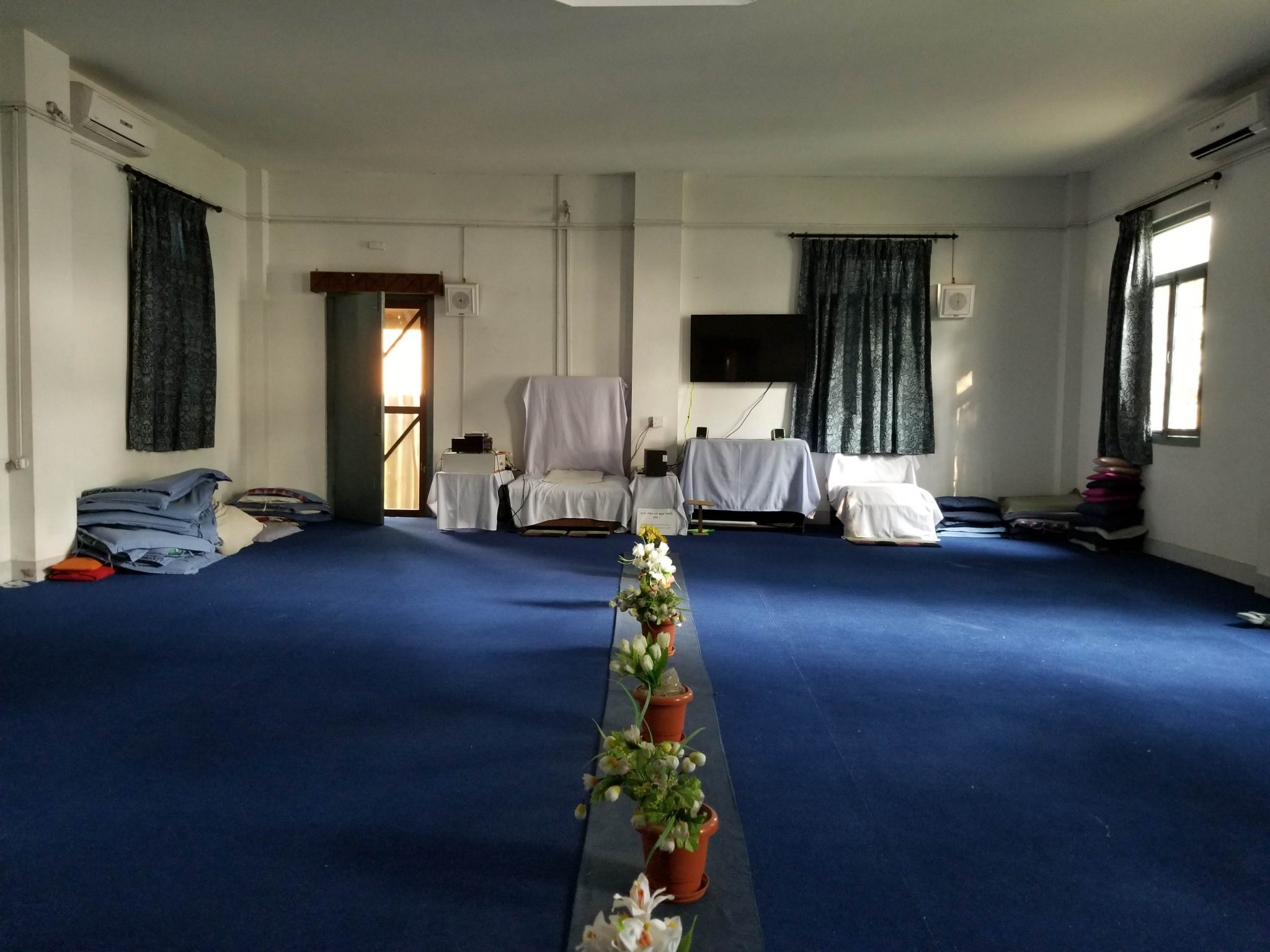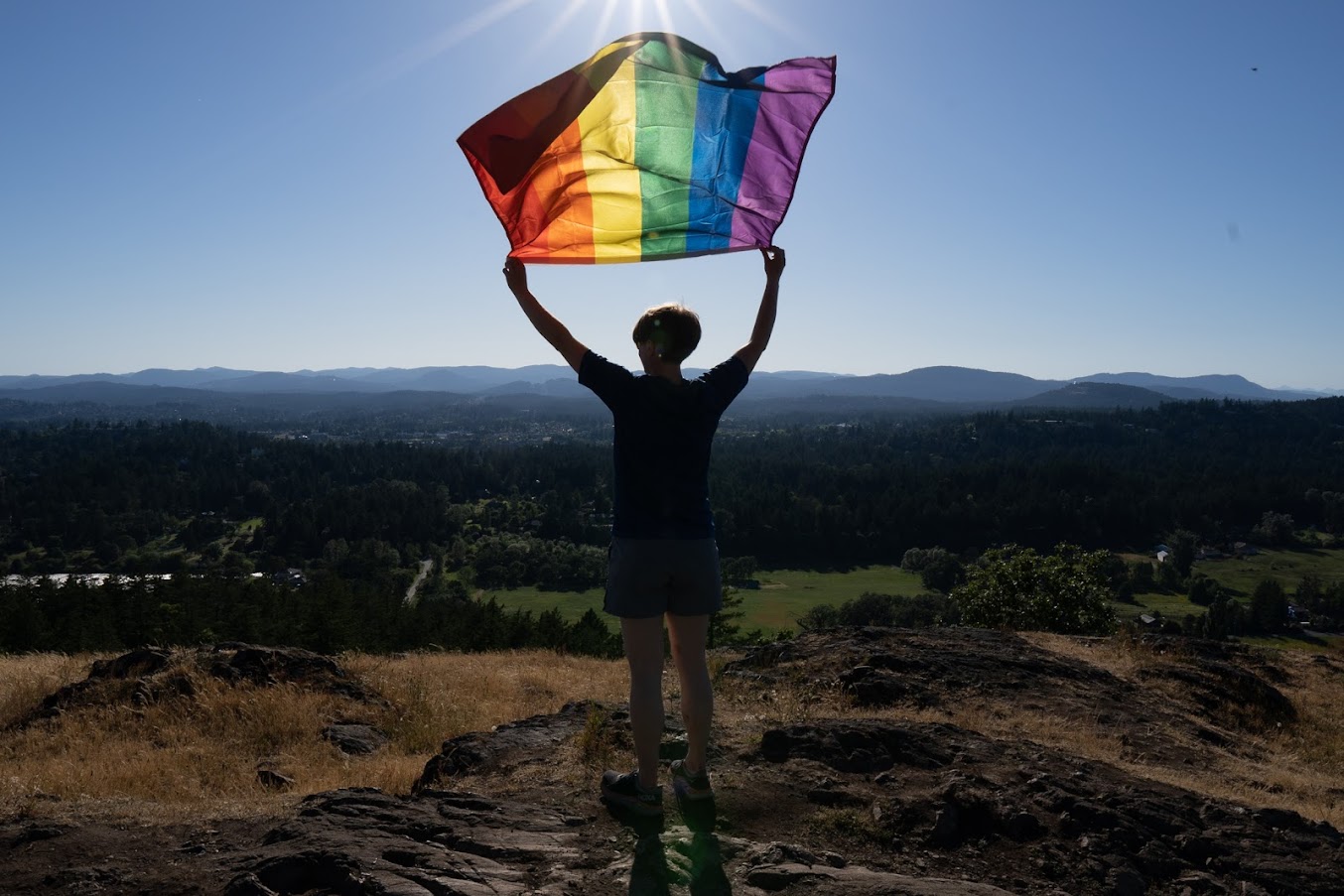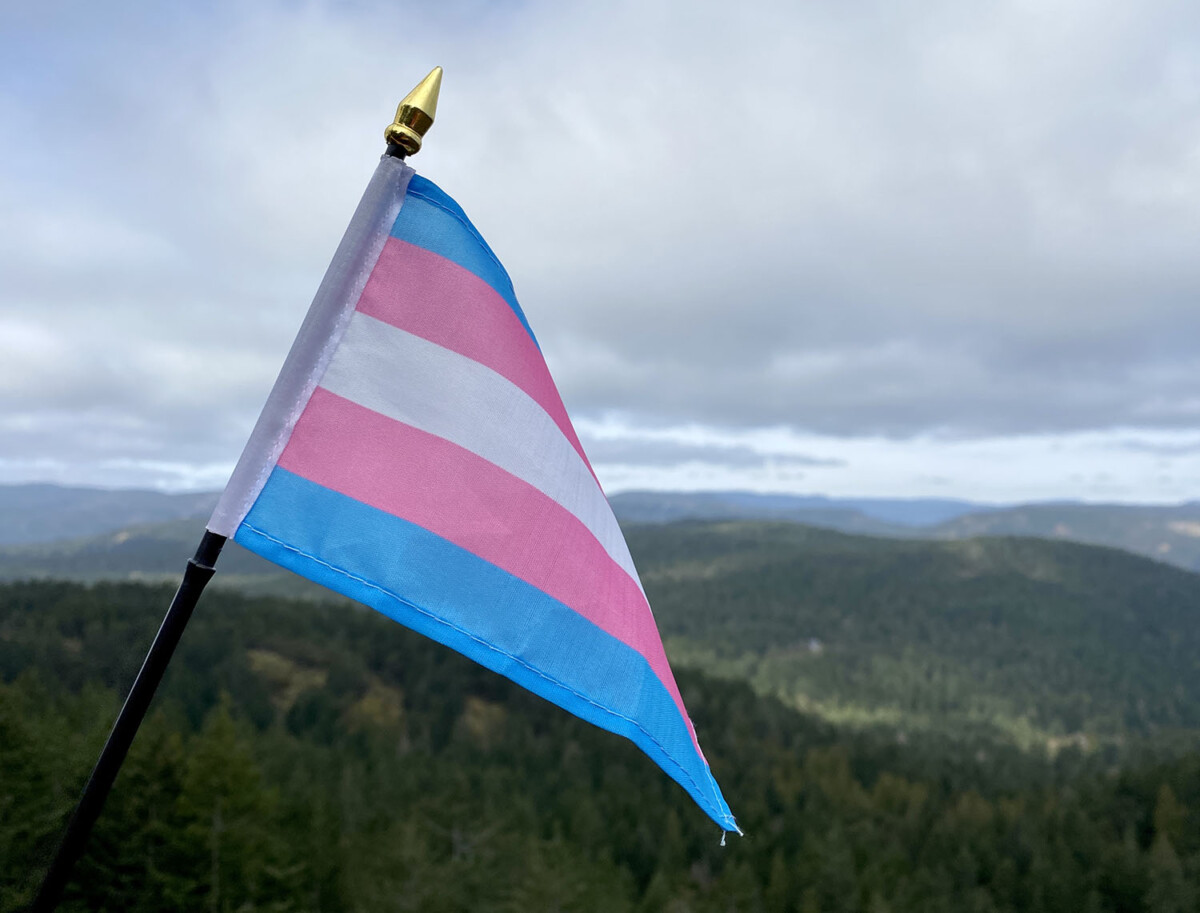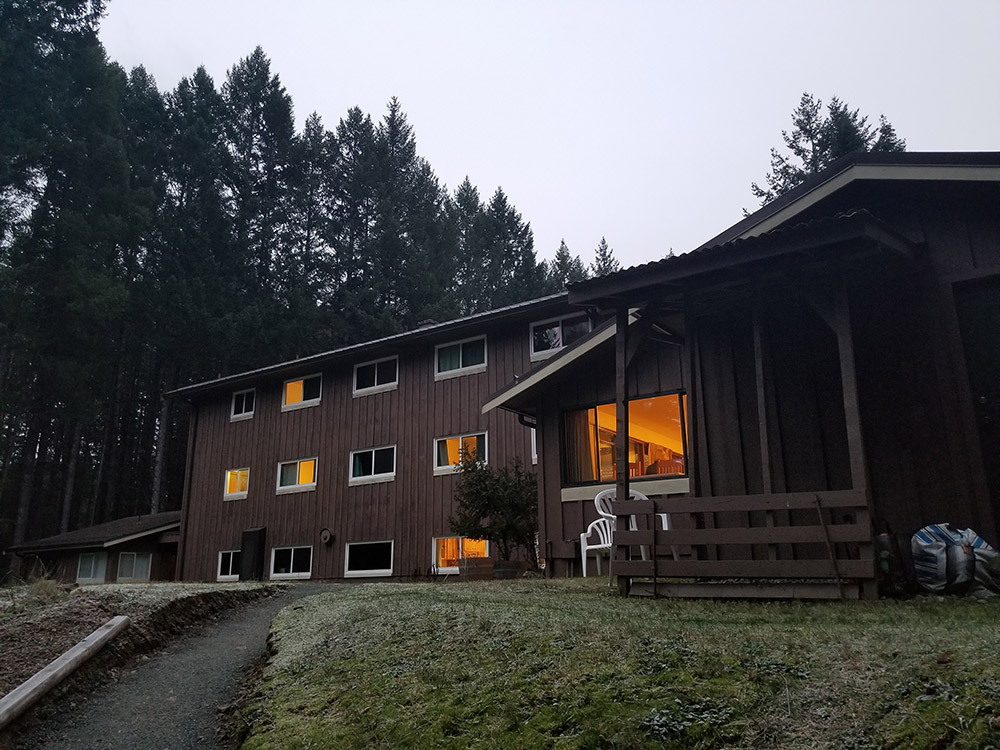A few years ago I went on a 10 day silent meditation retreat in Nepal. I fell in love Vipassana meditation. The featured image above shows the meditation hall in Nepal, men on one side and women on the other.
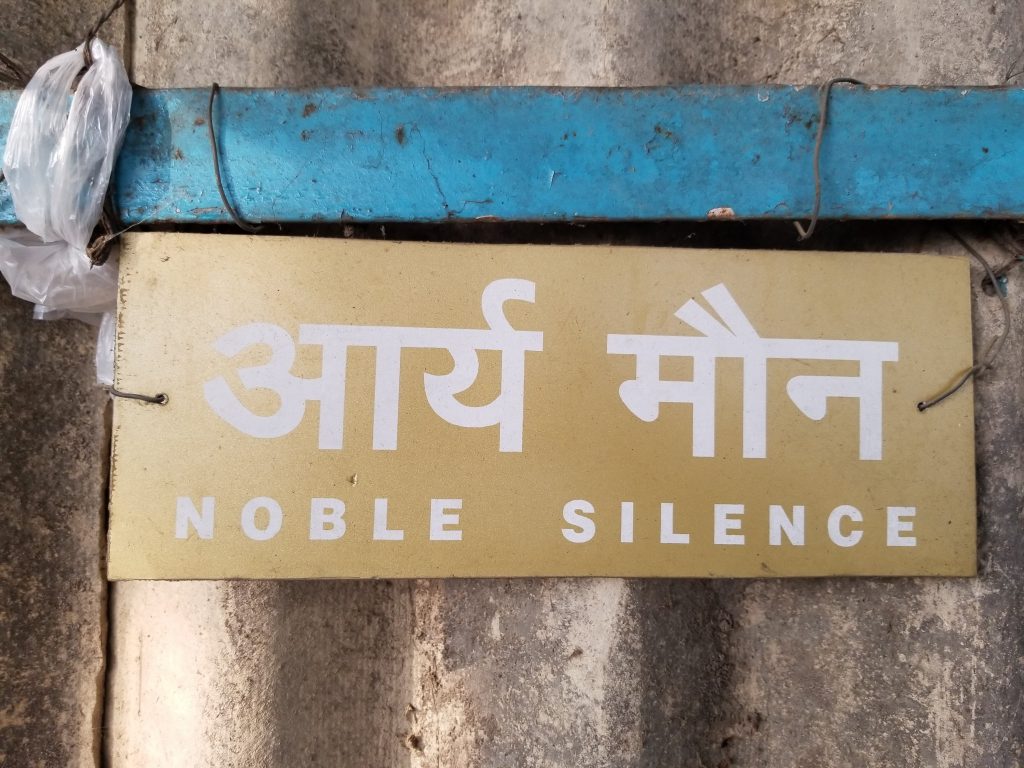
It the most difficult thing I’ve ever done, both physically and mentally. But it showed me how I could gain mastery over my mind and cultivate peace, compassion and happiness.
What’s not to like? So this year I signed up for my second 10 day Vipassana course. This time I stayed closer to home in Canada.
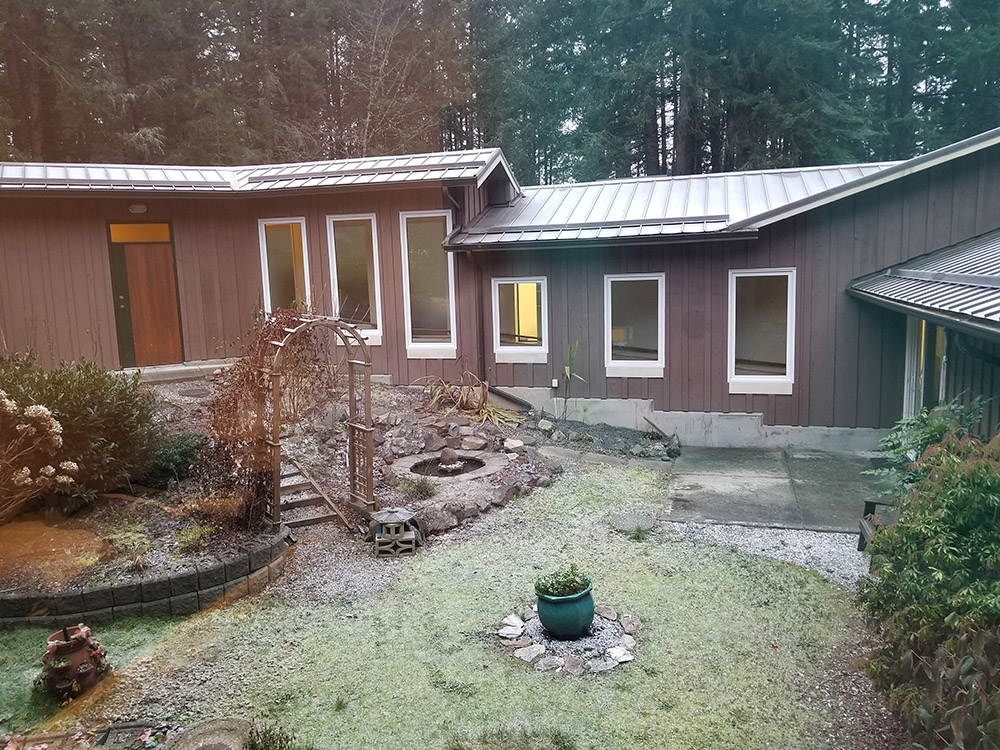
S.N. Goenka
Strangely enough, the teacher for both my course in Nepal and in Canada was the same person.

Goenka was an Indian man born in Burma (now Myanmar). He first brought the technique to India. There are now 203 Vipassana centres around the world.
Goenka died in 2013. So how is he still teaching courses?
In each course, students learn from audio and video recordings of Goenka. These recordings were made in 1991.

At each course, there is a real life teacher to offer one-on-one guidance and run the course. But all the instructions were recorded when Boyz II Men topped the Billboard charts.
Goenka says the technique we are practicing is the exact same one that the Buddha used 2,500 years ago to become enlightened.
From this perspective, it doesn’t matter that I go in a time machine when I go on a Vipassana course. The technique is ancient. Unchanging.
But the cultural stuff around the course, it is not ancient. It is not unchanging.
Let’s talk about gender.
If you go to a Goenka-style Vipassana course today, men and women are separated from the moment you arrive.
There are separate sleeping areas, separate bathrooms, separate dining areas and separate walking trails. You meditate on opposite sides of the meditation hall.
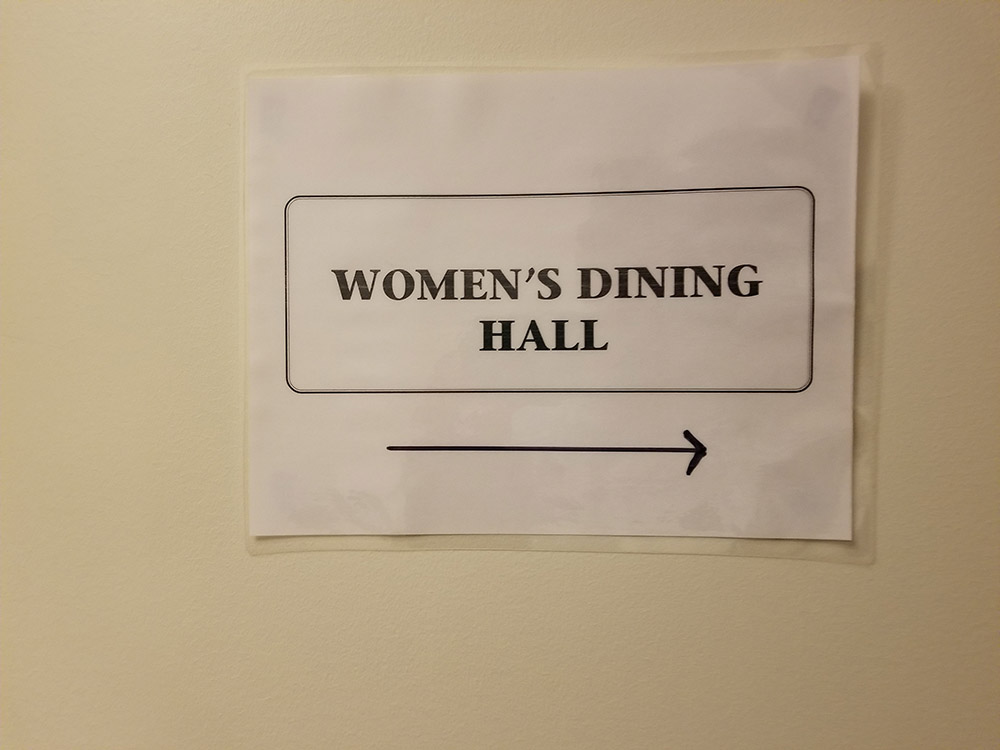
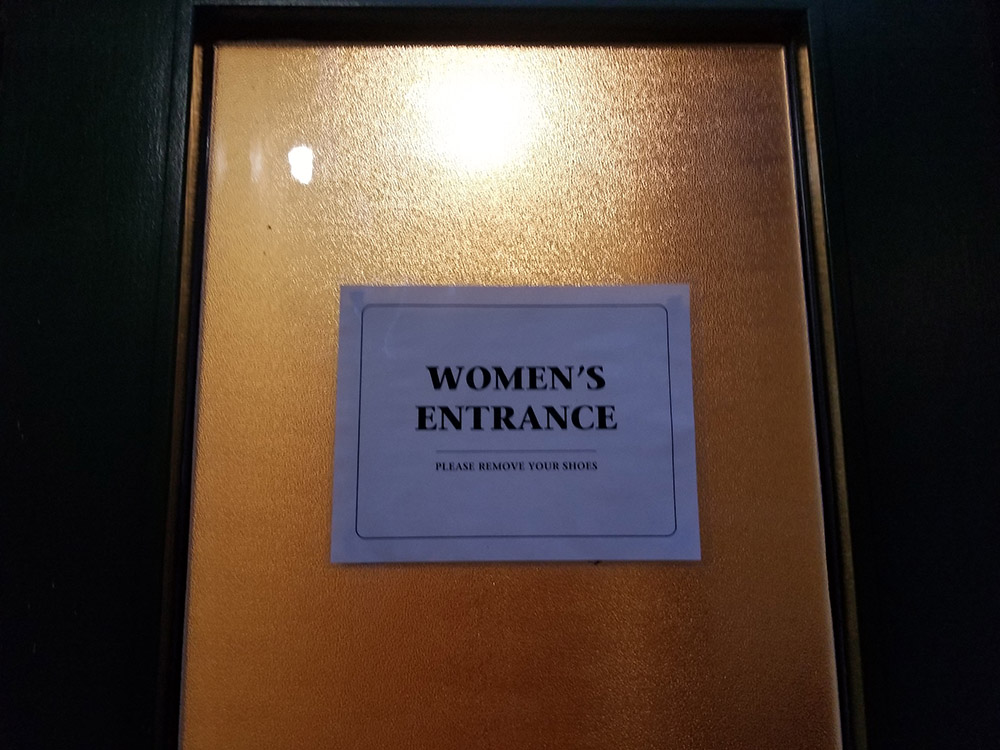
The idea that there are only two genders is not an ancient idea.
The gender binary is an idea that the British brought to India through colonization. (The same is true for many cultures around the world.)
Before the British arrived, India had a diverse range of gender non-conforming people. A third gender is recorded in the Kama Sutra in 400 BCE! But colonial officials said gender diverse people were not only a danger to “public morals”, but also a “threat to colonial political authority”.
And so here we are in the 21st century with people teaching us that to avoid “distractions,” we must have men and women be completely separated. The rationale is the same reason girl’s clothes are controlled in school — to avoid distracting boys.
So the gender binary in Vipassana retreats not only assumes a gender binary, but heterosexuality.
Why does this matter?
Most people are straight and identify as either male or female. So for most people, there is no problem.
However if these teachings are as good as Goekna says, then trans and queer people deserve access to them as well. And right now, that is not possible in the same way that it is for straight and cis people.
At the start of the course, all students must promise to strictly follow the five precepts. These include sensible things like not killing any being, not stealing, abstaining from intoxicants, abstaining from sexual activity and not lying.
This helps you build a calm and moral foundation for your meditation while on retreat.
However, non-binary people such as myself cannot follow these five precepts. We must lie.
I do not identify as male or female. Yet, I let them place me into the women’s section of the dorm.
Goenka teaches that lying causes internal tumoil. This is one of the reasons they do not let us talk during the course. No chance for lying if you aren’t talking!
But yet I lied every time I stepped onto the women’s trails and the women’s dining hall.
I am read as female, albeit a sometimes masculine looking one. So I guess that none of the women around me felt threatened. I hope I did not do harm to anyone else.
I did do harm to me.
It’s the same type of harm that I felt growing up Catholic.
As a gender non-conforming kid, I was told to stop complaining and put on the communion dress. As a queer adult, I was told to live a “chaste life” to avoid sin. (The sin being falling in love and having a committed relationship with someone.)
I was taught the moral thing to do was to hide who I really was.
It’s a shame that this nonsense followed me to Vipassana.
What’s next?
When I listen to Goenka talk, I honestly feel he is a holy man who had developed great wisdom. He exudes love and compassion.
He says himself that the dhamma is for everyone, regardless of their gender. I imagine how if he lived today, he might have responded to the call for inclusion of gender diverse people in Vipassana practice.
When he died, he left no successor. So things are stuck in 1991. And 1991 was not a great year to be queer or trans.
Goenka himself says to ignore the things that you do not work for you, as long as you follow the technique. But I cannot ignore my complete lack of psychological safety while I am undertaking an extremely physically and emotionally demanding course.
After my latest course, I spoke with a volunteer at the centre I attended in Canada. He was organizing a committee for diversity and inclusion. He invited me to join them. However, he said so many transphobic things in our short phone call I was stunned. I don’t mean to shame or blame this particular person. He was uninformed, not malicious. He also took the effort to connect with me, while no one else did.
Their solution was to isolate non-binary people so they do not interact with men or women — which is basically everyone on the course. If you’ve never done a long silent meditation retreat, you may not realize how psychologically difficult this is. But I think for me it would be nearly impossible, and I am a long-term meditator of 15+ years. He also told me about a time when they made a trans woman move over to the men’s side as it made a cis woman uncomfortable. (WTF?!?!?!?)
At this point in my life I am unwilling to spend any time in an organization where the people in charge have not done some basic personal reflection and research how to include marginalized identities. There are lots of free and paid resources out there to educate yourself.
I am done living in shame and secrecy in order to develop as a spiritual person. I am done fighting for basic decency.
2SLGBTQIA+ friendly sanghas
I love the practice of Vipassana as taught by Goenka, so it was hard to let go. But I have since moved on to practice in sanghas that prioritize diversity and inclusion of all marginalized identities.
- Damma Dena: Prioritizes BIPOC and 2SLGBTQIA+ folks. Twice daily drop-in meditation over Zoom. Retreats throughout the year in person in California and on Zoom.
- East Bay Meditation Centre: Prioritizes BIPOC, 2SLGBTQIA+ and disabled folks. Has weekly practice groups on Zoom and in-person activities in San Francisco.
- Queer Sangha: Based in Ontario. Hybrid meetups once a month.
- BC Insight Meditation Society: This is a general mediation group, but they do have a growing understanding of EDI issues. I am currently in a program co-led by Rachel Lewis and recommend any retreat she leads.
- Lotus Insight Sangha. Queer sangha based in Seattle. They have practices and retreats on Zoom and in person.They used to be just for queer women but are expanding. I haven’t practiced with them yet!
If you know of other sanghas, please leave them in the comments below.
Discover more from We Belong Outside
Subscribe to get the latest posts sent to your email.

